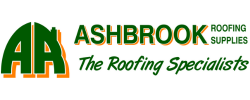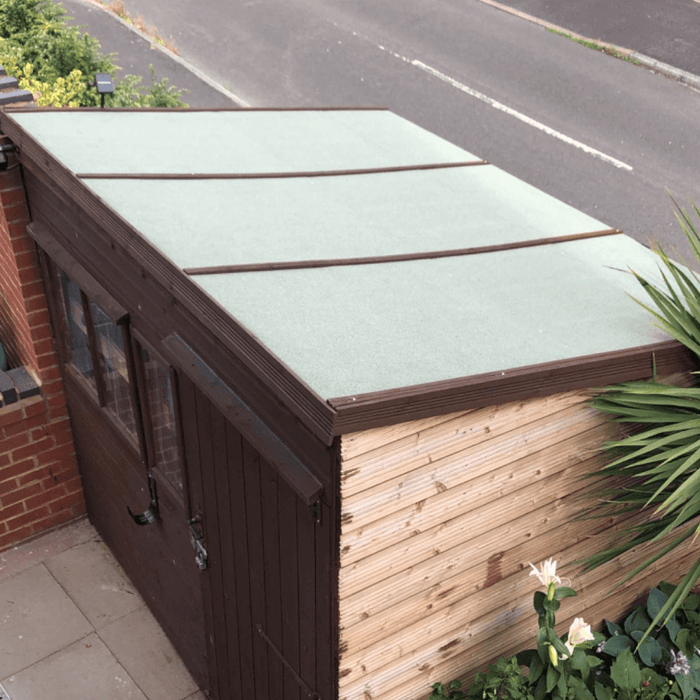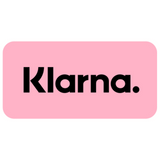This guide will help anyone get through the construction term minefield associated with buying natural slates. Below you will learn the meaning behind some of the most commonly used slate jargon.
Slate Classifications
Slate is categorised in a number of ways. Different types of slates are labelled with W’s, A’s T’s, and S’ under the British Standard BS EN 12326 (2004) system.
These categorisations are in place to help the purchaser of the slate know that the slates they are purchasing are fit for purpose by comparing the slate’s physical properties to key attributes.
In simple terms, these labels refer to the ways slates are tested:
W (Formerly A) = Water Absorption.
Slates, like most natural materials, are susceptible to getting damaged by the elements. The W test checks to see how much water the slates absorb. Slates that absorb a lot of water are more likely to crack during a cold snap, and with the way the British weather is, having a slate that is like a sponge isn’t going to work.
The best quality slates have a rating of W1 – meaning it absorbs minimal water (less than 0.06% of its mass in fact).
All the slates that we provide at Ashbrook Roofing are classed as W1.
T – Terminal Cycle
As stated, slate is a natural material, and other materials are likely to appear within the slate. The frequency and whether these inclusions (known as pyrite) rust helps to determine if a slate is of good quality and to prevent unsightly rust streaks.
Here are 3 grades to look out for when selecting roofing slates:
T1, T2, and T3.
- T1 Slate – The best of the best where inclusions are concerned. These slates contain minimal pyrite with either no risk of rust or some surface rust, which poses no risk to the slate structure nor any rust streaks appearing.
- T2 – These slates have inclusions that rust and cause discolouration on the slate with visual appearance change. The structure remains unaffected.
- T3 – Inclusions change the appearance of the slate through oxidation, and can cause structural damage by inclusion penetrating the slate forming holes.

All Spanish slate supplied by Ashbrook Roofing is graded T1
S – Sulphur Dioxide Exposure
Poor quality slates are less resistant to pollutants present in the air, and due to the chemical makeup of natural slates, they are prone to soften and degrade over time.
There is no “pass or fail” with S testing, however, the quarries react based on the results. Similar to the Terminal Cycle, there are 3 grades with Sulphur Dioxide Exposure.
S1 – No action is needed
S2 – The quarry must split the slates 5% thicker than standard
S3 – Slates are at least 8mm in thickness.
Any material that is produced containing more than 20% n carbonate content is not suitable for use on external projects including roofing and cladding.
All the Spanish slates that Ashbrook Roofing source are of S1 standard.
Looking to Buy Slate
If you are looking for a slate supplier for your next project. See our range of slate and roofing tiles.
Alternatively, if you have questions, you can see our blog, or use our live chat to ask questions.
You may also be interested in:











